Remembering the Pioneering Women From One of Drexel’s Legacy Medical Colleges
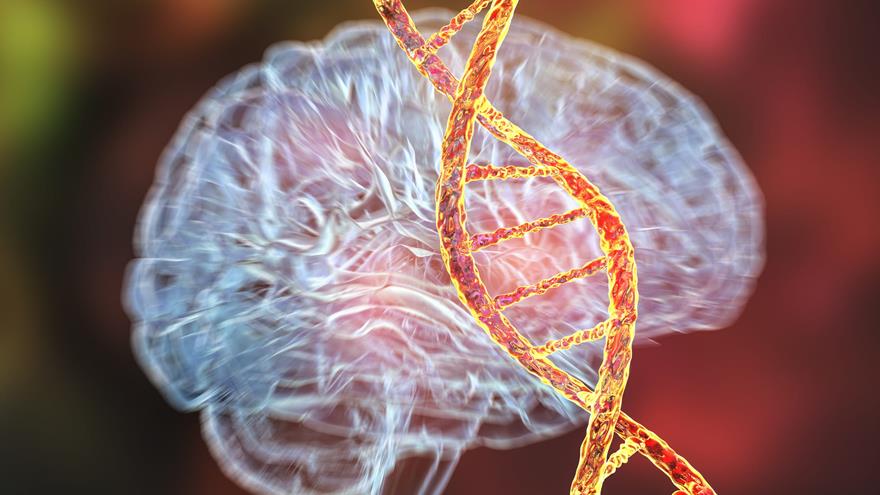
- Breakthrough on Gene Therapy for Hereditary Spastic Paraplegia
- How and When Could AI Be Used in Emergency Medicine?
- Drexel Public Health Researchers Lead $3.7 Million Study Looking at Impact of Federal Housing Assistance on Health Care for Chronic Conditions
- Drexel Researchers Gain New Insights from Malaria-Causing Parasite That May Support Development of Future Antimalarial Drugs
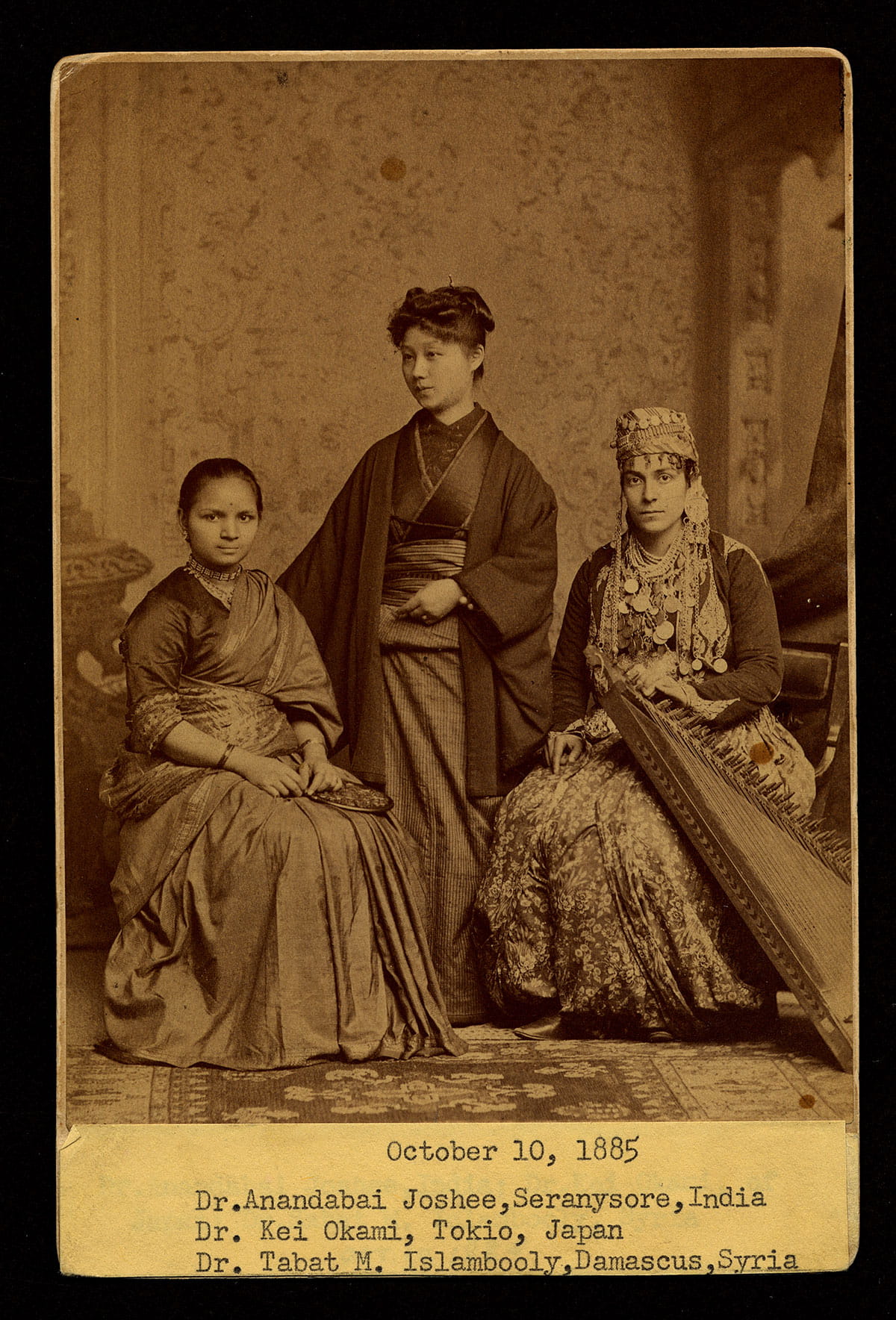
This article is part of the DrexelNow “Faces of Drexel” series honoring Drexel’s history as part of the University-wide celebration of the 125th anniversary of Drexel’s founding in 1891.
Drexel's College of Medicine was formed in 2002, but it is actually made up of many earlier institutions with deep histories that consolidated into one entity over many generations. Perhaps one of the most pioneering of those legacy institutions is the Woman’s Medical College of Pennsylvania (WMCP), which was one of the world's first medical schools for women.
The school provided educational opportunities and medical training to some of the earliest women physicians, many of whom went on to break barriers of their own. Some of these pioneers, who had few rights or opportunities as women during that time, became among the first of their race or country to earn medical degrees: alumnae include the first Native American woman doctor and the second African-American woman doctor as well as the first women with Western medical degrees in India, Syria, Japan and Canada.
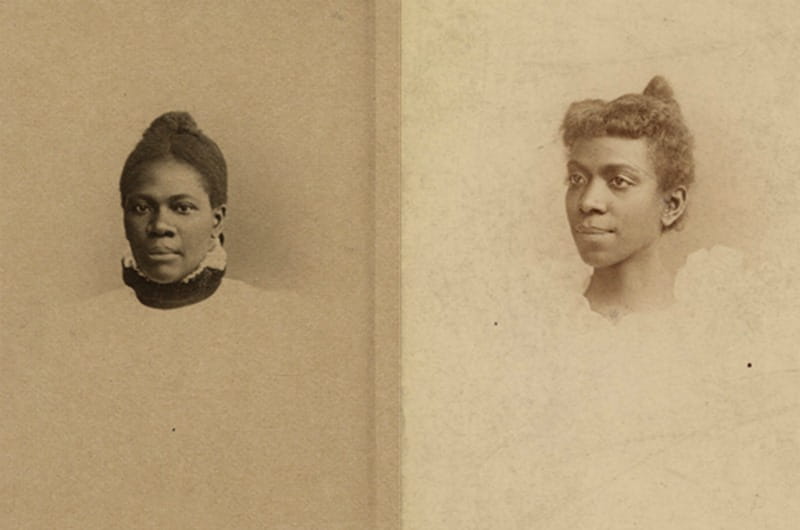
In honor of Women’s History Month, DrexelNow takes a closer look at some of these barrier-breaking doctors from this historic school, which was founded in 1850, a year after Elizabeth Blackwell became the first woman to receive a medical degree in the United States.
As previously reported in DrexelNow, the medical school enrolled African-American women when slavery was still legal in America. The school’s first African-American student, Sarah Mapps Douglass, enrolled from 1852–1853; if she had graduated, she would have become the first African-American woman with an MD (Rebecca Lee Crumpler, MD, did so 12 years later from the New England Female Medical College). In 1867, the school graduated Rebecca J. Cole, MD, the second African-American woman to ever receive an MD degree in the country.
More than 10 years passed before another African-American woman earned an MD from WMCP, but those subsequent graduates became the first women of color — or, in some cases, the first women — to practice medicine in their state. They include former slave Eliza Ann Grier, MD, class of 1897, the first African-American woman to become a physician in Georgia; Verina M. Harris Morton Jones, MD, class of 1888, the first woman licensed to practice in Mississippi; Halle Tanner Dillon Johnson, MD, class of 1891, the first woman to become a doctor in Alabama; and Matilda Evans, MD, class of 1897, the first African-American woman licensed to practice in South Carolina.
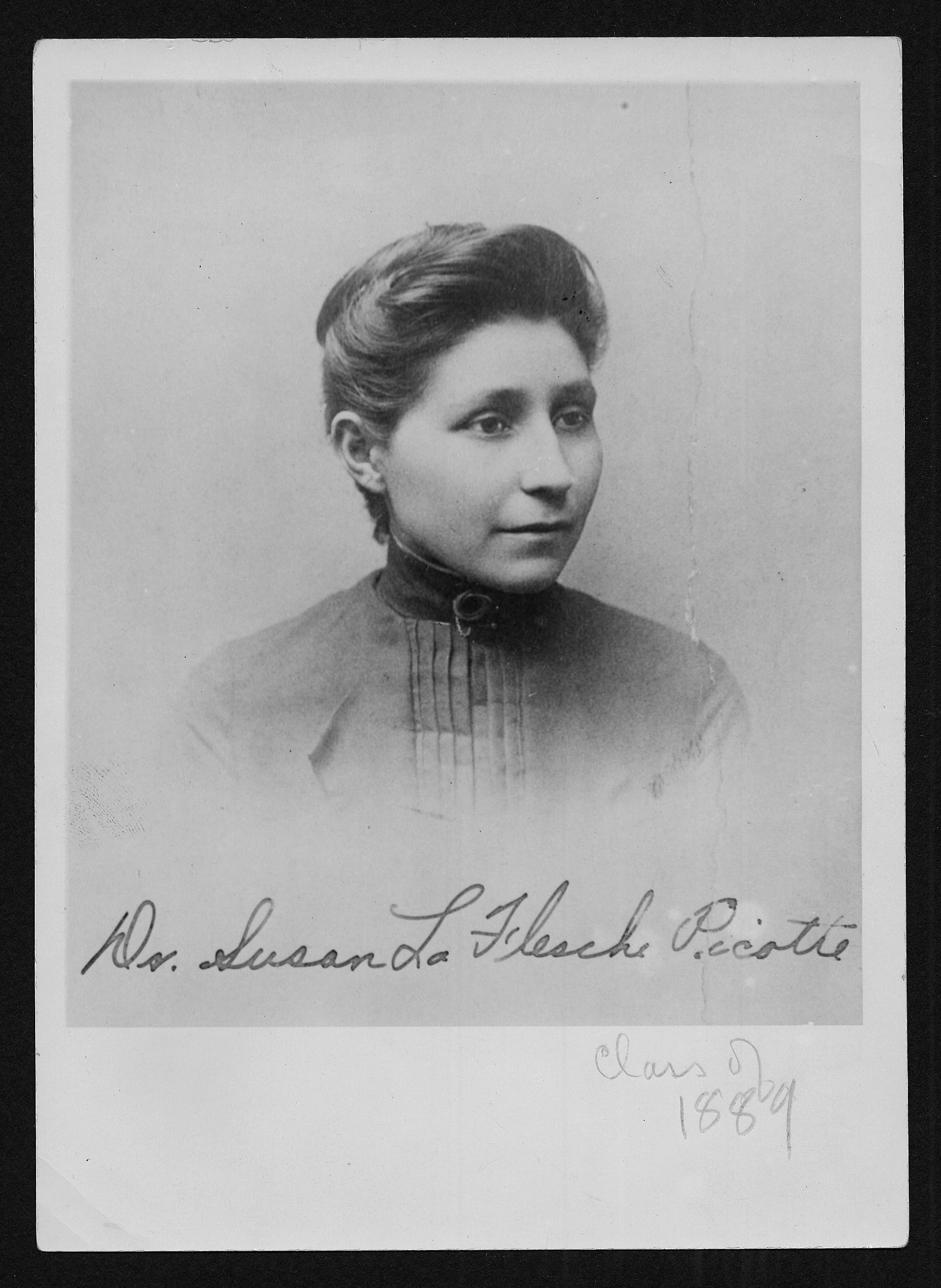
The country’s first Native American woman to become a doctor, Susan La Flesche Picotte, MD, graduated from WMCP in 1889. Born to Chief Joseph La Flesche (Iron Eyes) on the Omaha Reservation in Nebraska, she was inspired to become a doctor after watching a sick Native American woman die after a white doctor refused to treat her. La Flesche Picotte graduated from WMCP’s three-year program in two years at the top of her class of 36 before returning home to the reservation. In addition to working in private practice, she opened a hospital on the Omaha reservation in 1913. The country’s second Native American woman to earn an MD, Lillie Rosa Minoka-Hill, also graduated from WMCP in 1899; she was of Mohawk descent and married an Oneida man before caring for the Oneida people in Wisconsin.
In addition to creating opportunities for women in America, the school also trained foreign students at a time when international schooling of any kind was a rarity, let alone for women.
Jennie Kidd Trout, MD, class of 1875, became the first woman licensed to practice medicine in Canada. She was one of the first women admitted to the Toronto School of Medicine, but she later transferred to WMCP. When Trout returned to Canada after graduation, she opened the women-run Therapeutic and Electrical Institute and in 1883 helped establish the Kingston Women’s Medical College, which was affiliated with Queen’s University in Ontario.
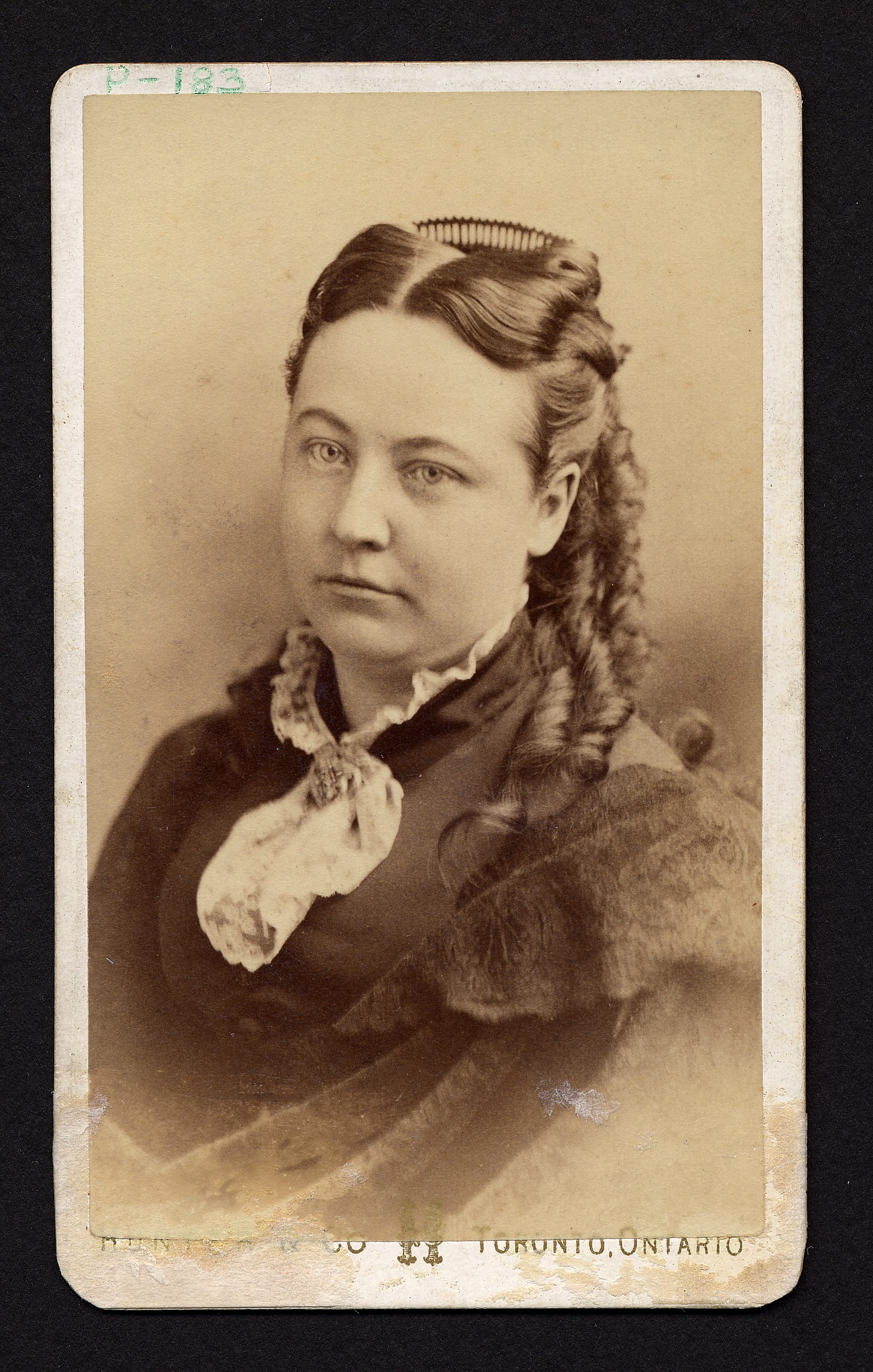
In 1885, three women from three very different Asian countries happened to all attend WMCP. They posed together in their respective countries’ traditional dress for a striking photo that continues to demonstrate WMCP’s inclusivity more than 130 years later.
These women were the first from their home country to earn a Western medical degree. Anandibai Joshee, MD, class of 1886, who was from India, was inspired by the loss of her baby at age 14 to defy cultural expectations to study medicine in America. When she graduated, Queen Victoria, who was also Empress of India, sent WMCP a congratulatory letter about her accomplished subject. Joshee died of tuberculosis a year after graduation without ever having practiced medicine. Keiko Okami, class of 1889 (same year as Picotte), was the second woman physician in her native Japan. After graduation, she became head of a gynecology unit at a Tokyo hospital, though she resigned after the reigning emperor refused to meet her during a hospital visit due to her gender. She then went into private practice for about 20 years. Unfortunately, not much is known about the third woman, Sabat Islambooly, MD, class of 1890, who returned to her native Syria after graduation and was living in Egypt in 1919, the last time WMCP had contact with her.
After these groundbreaking pioneers, many other students came from all over to attend WMCP. By 1904, the college had graduated pupils from more than 40 states and territories in America as well as Jamaica, Brazil, Ecuador, Burma, Australia, China, Russia, England, Sweden, Denmark and Switzerland.
In 1970, WMCP became the co-ed Medical College of Pennsylvania and later merged with Hahnemann, which became part of Drexel in 2002. Today, more than 165 years after the school graduated its first class, WMCP’s historic legacy, as well as the legacies of its students, continue to inspire.
In This Article
Drexel News is produced by
University Marketing and Communications.
